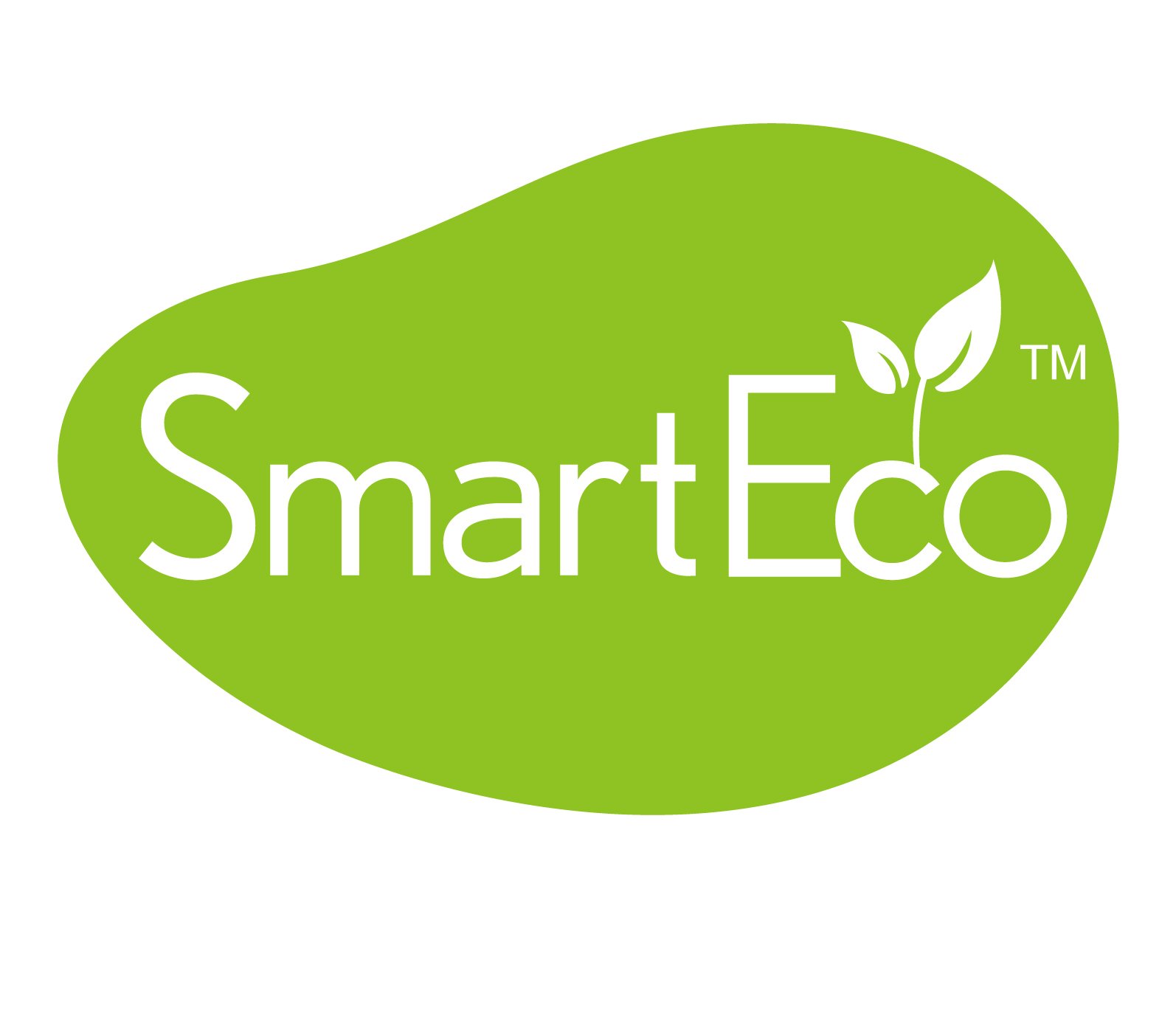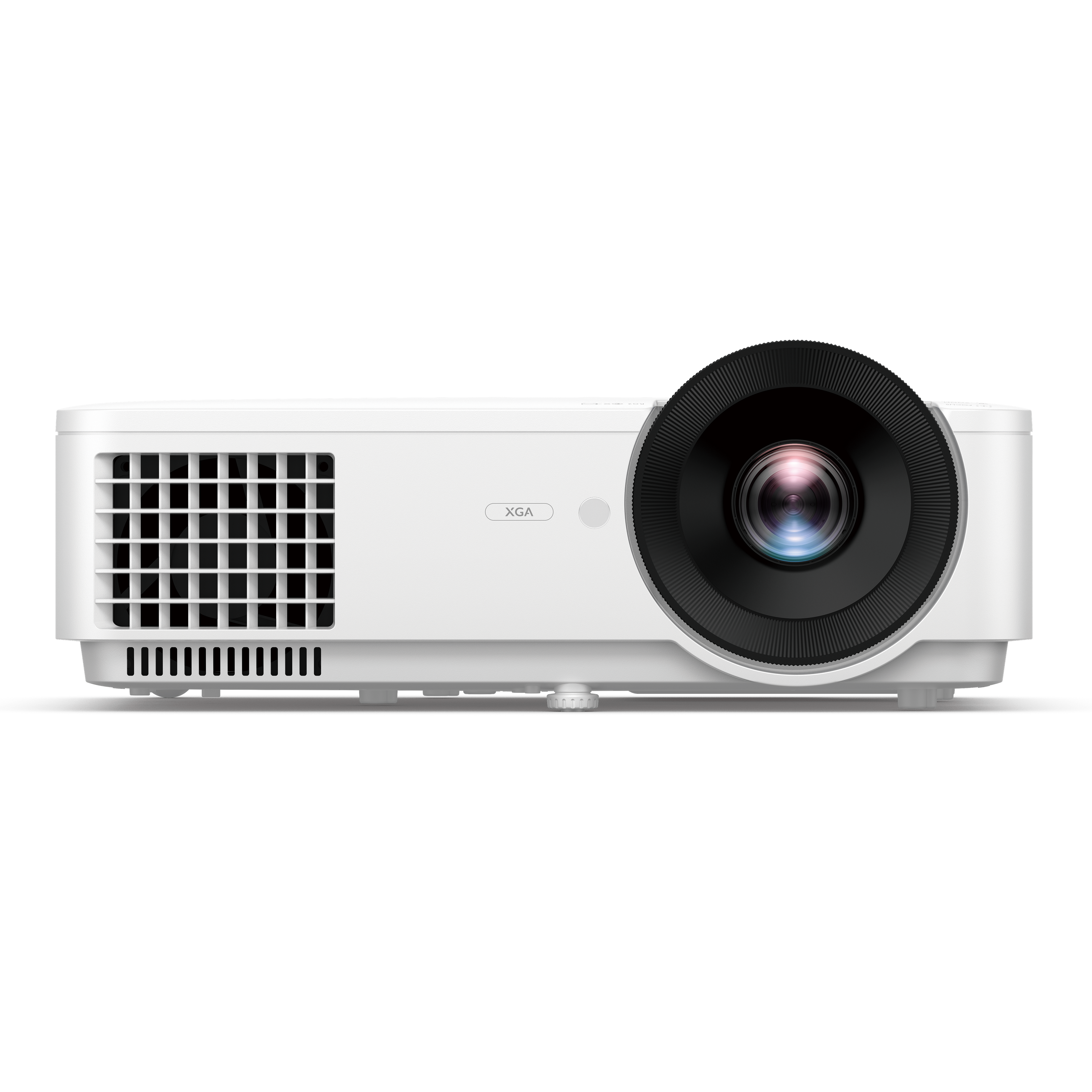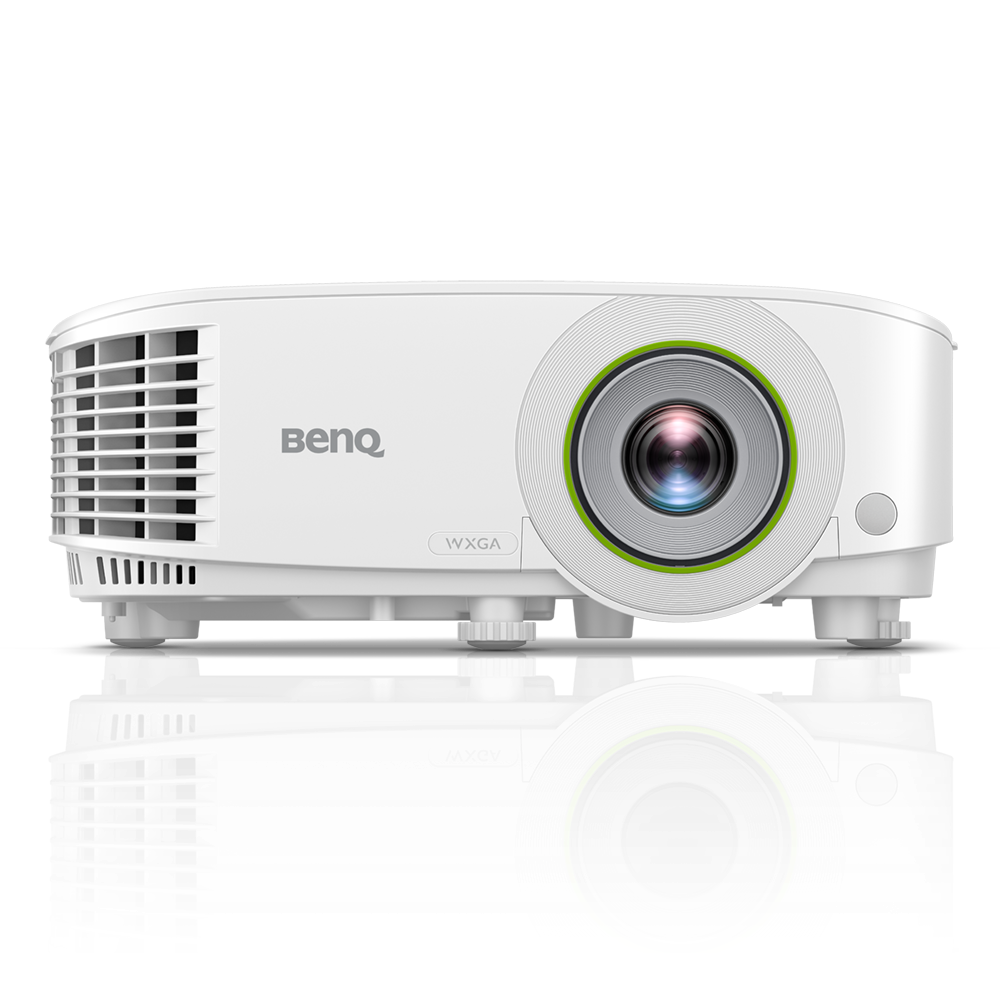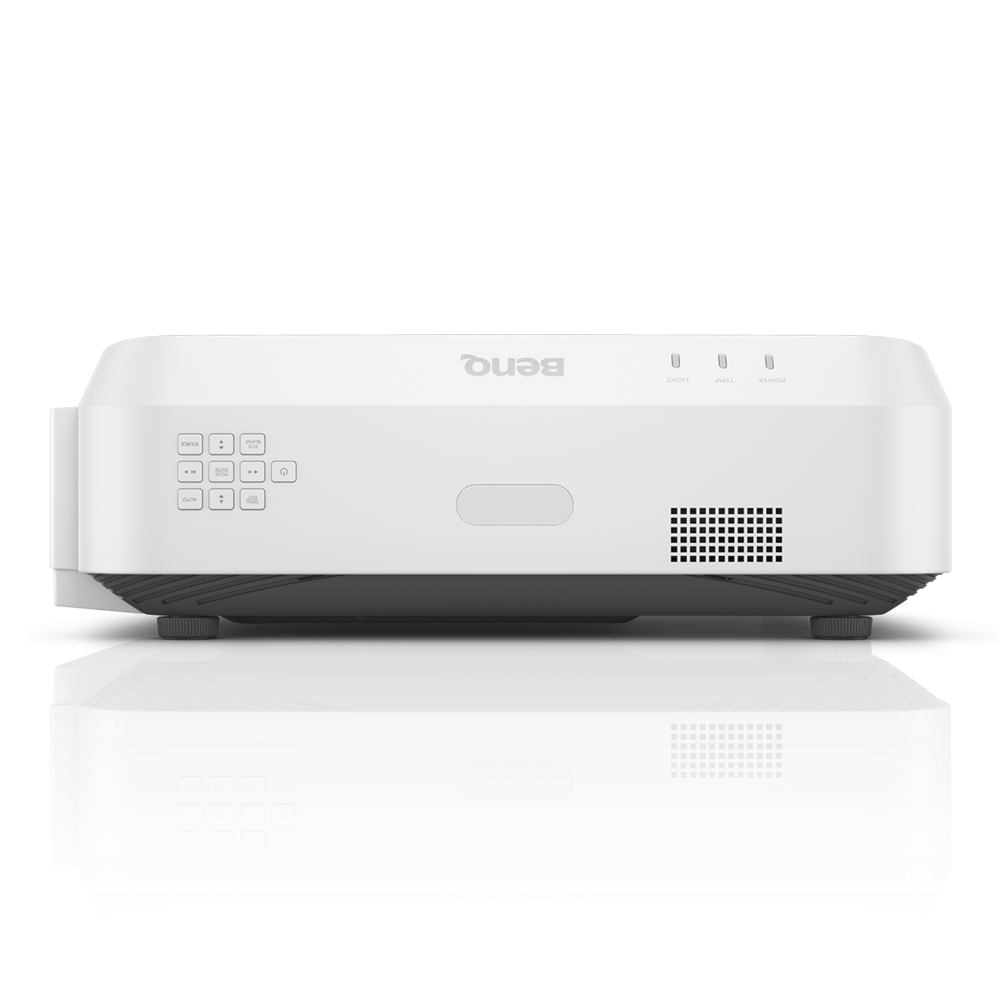Lamp Life Comparison
How do latest new classroom projectors deliver better color, brighter images – and cost less to own than ever before. We’ll break down everything you need to know to make the right choice for your school.
Many schools are facing a challenging choice in 2023 when it comes to the right projector for their classrooms. According to Futuresource – most schools have low resolution projectors that have expensive replacement lamps, require filter cleaning, and some turn yellow if used too much. So, if you want a lower cost alternative to abandoning the projector in favor of an interactive display – we’ll compare the top projector models BenQ and Epson and breakdown the differences you need to know when choosing a classroom projector.
- Lamp Life
- Required Maintenance
- Color Accuracy and saturation
- Video Performance
- Warranty
- Cost of ownership
We’ll compare the three highly rated classroom projectors from Epson and BenQ. All the projectors have the same 1080p resolution, have similar brightness, and cost under $1500. Let’s get started.
Lamp Life
Over the last few years – more than 2 out of every three projectors sold to schools used a mercury lamp. Even though they require lots of maintenance (more on that later) the primary reason is that they are the least expensive to buy. But a typical lamp is only rated for about 5000 hours, then needs to be replaced, which means buying expensive lamps, and the time and labor to replace them. The two most popular alternatives are 1) laser projectors, and 2) 4LED classroom projectors. These projectors are rated at 20,000 hours running at full brightness – so they stay brighter longer.
BenQ LH730
Epson PowerLite 1288
Epson L260F
Technology
4LED
Lamp
Laser
Mercury Free
Yes
No
Yes
20,000 Hour Life
Yes
No
Yes
Instant On/Off
Yes
No
Yes
Maintenance Requirement Comparison
Mercury lamp projectors require the most maintenance and create safety issues if a lamp explodes or drops and mercury is introduced into the classroom. But the most overlooked cost of maintaining a projector is filters. Just like air conditioning filters, these need to be cleaned or changed when they get dirty otherwise the projector can overheat and void the warranty. How often do they need to be cleaned? Well – it can vary from as often as every month to once a year depending on the use and how much dust and air pollution is in your area. If you have a laser projector – its even more important as dust can vaporize inside the projector and damage sensitive components. So, the best classroom projectors use sealed engines – which eliminate filters – and keep dust away from the high temperature imaging system.
Maintenance
BenQ LH730
Epson PowerLite 1288
Epson L260F
Lamp Free
Yes |
No
Yes |
Sealed Light Engine
Yes |
No
No
Maintenance Free
Yes |
No
No
Color Accuracy
Since all three projectors have the same resolution, one of the biggest differences is the color accuracy, saturation, and contrast produced by each projector. It’s one thing to make the colors bright – and another to have the correct color on the screen. Here the BenQ LH730 has a big advantage due to its advanced 4LED technology. The BenQ LH730 has specified 98% Rec. 709 color accuracy, the industry standard measurement of color gamut – and the LEDs produces higher color saturation – making the image look brighter. While Epson’s home theater projectors have Rec. 709 color accuracy, neither of these classroom projectors have Rec. 709 in their specification sheet – only brightness.
Color Accuracy
BenQ LH730
Epson PowerLite 1288
Epson L260F
Brightness
4000 lumens
4000 lumens
4000 lumens
Rec. 709 Color Accuracy
98%
No
No
High Color Saturation
Yes
No
No
Video Performance
With 97% of teachers reporting that they regularly use videos in their classrooms – how do these projectors compare for video performance? For good video performance, the colors need to be Rec. 709 accurate, not over or under-saturated, and supports the latest HDR algorithms. While these features are standard in most interactive displays and televisions – only the BenQ LH730 delivers crisp accurate video on the screen with HDR and will change the mode of the projector automatically when it sees HDR metadata. Here’s how they stack up.
Video Performance
BenQ LH730
Epson PowerLite 1288
Epson L260F
Rec. 709 Color
Yes
No
Yes
HDR 10 Support
Yes
No
No
HLG Support
Yes
No
No
Auto Switch to video mode
Yes
No
No
Warranty
All three projector models come with a three-year warranty – but the biggest difference is the warranty itself. While the BenQ projector is rated for heavy-duty classroom use – up to 24 hours per day and seven days per week – both Epson projectors have significant limitations on how much you can use them in their warranty. First, the Epson warranty is void if there is “excessive” or “continual” use. This could mean that if the classroom is also used to teach in the evening – or if a teacher leaves the projector running overnight – it could void the warranty. The Epson warranty can be voided if the projector isn’t maintained properly. The BenQ LH730 doesn’t have any filter maintenance requirements – and if you need to use the projector excessively – go ahead. It’s built for heavy use.
Cost of Ownership
Since both projectors have similar brightness and the same resolution, the initial purchase price is similar. But the value of the BenQ projector with its better color performance and lower total cost of ownership offers a tremendous value for your consideration. Here is a breakdown of the features and prices for you to compare these three projectors.
Estimated TCO
Cost of Projector
BenQ LH730
Epson PowerLite 1288
Epson L260F
Resolution
1080p
1080p
1080p
Brightness
4000 lumens
4000 lumens
4000 lumens
Street Price
$1,299
$859
$1,599
Replacement Lamp Costs
$0
$100
$0
Estimated Lamp Costs for 20K Hours
$0
$300
$0
Special Lamp Disposal
N/A
Required – cannot throw in trash
N/A
Filter Cleaning Frequency
No filter cleaning needed
Regular maintenance required
Regular maintenance required
24/7 Rated Use
Yes
No
No
Warranty
3 years
3 years – with usage limitation for excessive use
3 years – with usage limitation for excessive use










